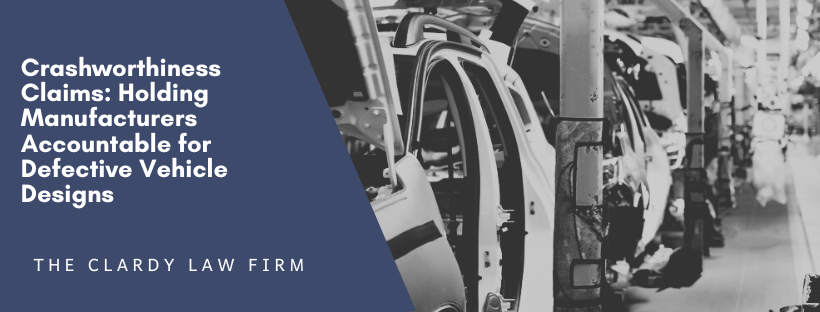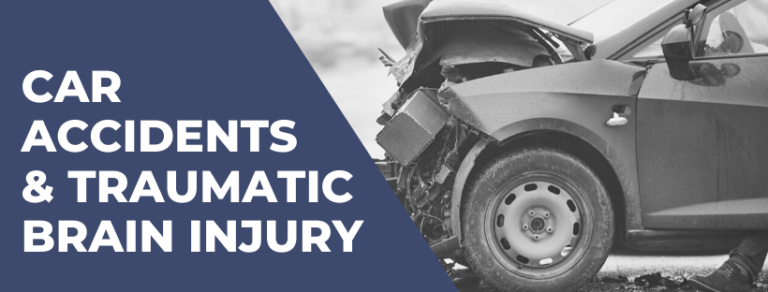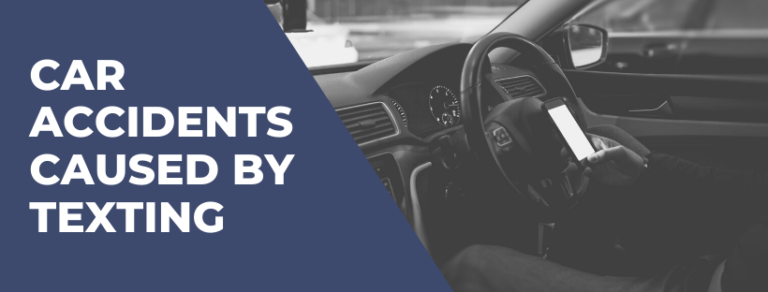Let’s go over the type of auto claims where it’s not the fault of the driver but the car itself. More specifically, a manufacturing error that created the conditions for a road accident. This is what crashworthiness claims cover, and like other personal injury claims, there is a route to get compensation to cover injury and financial loss.
This article will cover in-depth what constitutes design defects and the type of compensation available with adherence to South Carolina law, and will note some of the real US cases as examples. Our personal injury lawyers in Greenville, SC can help navigate the complex legal proceedings, but it’s important to know the facts beforehand.
Automobile Defects: Design vs Manufacturing
Defects do occur when assembling an automobile. However, there is a distinction between a design defect and a manufacturing defect. Although both can cause accidents and eventually lawsuits it’s important to know the difference when undergoing a personal injury claim.
Design Defects
Design defects are flaws embedded in the conceptual phase of a vehicle’s creation. These are not mistakes made during the assembly or use of materials but rather fundamental issues with how the vehicle was intended to function or protect its occupants. These defects lie within the original blueprint and affect all vehicles of the same model. If a safer, practical design was suggested but not adopted, it highlights the presence of a design defect.
Examples of design defects include:
- A vehicle with a frame that lacks sufficient reinforcement leads to roof collapse during rollovers.
- Placement of fuel tanks in an area prone to impact, raising the risk of fire in a collision.
- Airbag systems are designed to deploy with excessive force, causing more harm than protection.
When pursuing a personal injury claim involving a design defect, it is often necessary to demonstrate that a reasonable alternative design existed and that this alternative could have prevented the injury without a significant impact on the vehicle’s functionality or cost. This is why having a highly experienced personal injury lawyer in South Carolina is necessary for these types of claims.
Manufacturing Defects
Manufacturing defects occur during the production process and affect only a specific number of vehicles. These defects are not part of the original design but result from errors made in the assembly or use of faulty parts.
Such defects might be caused by issues like poor-quality materials, faulty machinery, or human error on the production line. Unlike design defects, manufacturing defects are typically isolated incidents that impact a limited number of vehicles, which means not every car of the same make and model will be affected.
Examples of manufacturing defects include:
- Faulty brake pads are installed on certain vehicles, leading to sudden brake failure.
- Airbags that fail to deploy because of wiring errors during assembly.
- Tires that are improperly manufactured cause blowouts during normal driving.
In a personal injury claim involving a manufacturing defect, the focus is often on showing that a particular vehicle deviated from the intended design due to an error in its production. This can often involve proving that the defect was caused by a failure in quality control or a supplier issue and that the defect was not present in all vehicles of the same model.
Key Differences in Personal Injury Claims
When it comes to personal injury claims, the primary difference between design and manufacturing defects lies in the scope and the evidence required. Design defects generally require proving that the flaw is evident across all units of the model, while manufacturing defects tend to be tied to specific vehicles or production batches. Both defects, however, can be grounds for a successful claim if the plaintiff can demonstrate that the defect directly caused the injury.
Liable Parties in Automotive Design Defect Cases
Understanding why the car had such prominent and dangerous issues is one part, but it’s also important to establish responsibility. It will most likely come down to the manufacturer, particularly in a design case.
The manufacturer itself would likely have passed up the opportunity to use an alternative, safer design and rolled out the entire finished product. As discussed, this would mean every car of that make and design would have an inherent safety issue. However, even if the original design was proven safe and later only a certain number of cars proved unsafe due to a bad batch of parts, you can still make a claim against the manufacturer.
Manufacturers are held responsible for defects even if they were not caused by negligence or carelessness. To pursue a lawsuit against a car manufacturer, you must prove the following:
- The car was defective at the time of purchase.
- You did not misuse the car or operate it improperly.
- The defect caused harm, such as personal injury in an accident.
These principles are governed by product liability law, which ensures consumers’ rights when defective products cause harm. There are famous examples that have established manufacturing responsibilities and developed US laws over many decades.
Ford Pinto Case
The Ford Pinto case is a classic example of a design defect. In the 1970s, the Pinto’s gas tank was positioned in a way that made it highly susceptible to fire in rear-end collisions. Despite knowing about the risk, Ford continued production, deciding the cost of fixing the design was higher than the potential legal costs from accidents.
Outcomes:
- Numerous fatalities occurred due to the design flaw, leading to public outrage.
- Ford recalled over 1.5 million vehicles in 1978 after the defect became widely known.
- The case resulted in increased scrutiny and changes in safety regulations for the auto industry.
General Motors Ignition Switch Recall
The GM ignition switch defect, affecting vehicles of 2014, caused the ignition to slip out of position, disabling airbags during crashes. GM was aware of the issue but delayed action, resulting in numerous fatalities.
Outcomes:
- GM recalled 2.6 million vehicles.
- Over $2 billion in settlements was paid to victims.
- The case led to criminal investigations and regulatory changes in automotive safety.
Types of Compensation Available in Personal Injury Claims
When you’re injured in an accident due to someone else’s negligence, including the manufacturer, you may be entitled to compensation for various types of damages. These damages can help cover the costs associated with your injury and compensate you for the emotional and physical toll it has taken. Here are some common types of compensation:
- Medical Expenses: This includes past and future medical costs, such as hospital bills, doctor visits, medication, and therapy.
- Lost Wages: If your injury prevents you from working, you may be able to recover lost wages.
- Reduced Earning Capacity: If your injury limits your ability to work in the future, you may be eligible for compensation for reduced earning capacity.
- Pain and Suffering: This compensates you for the physical and emotional pain and suffering caused by the injury.
- Emotional Distress: This covers emotional distress, such as anxiety, depression, and post-traumatic stress disorder.
- Property Damage: If your property was damaged in the accident, you may be able to recover the cost of repairs or replacement.
- Wrongful Death: In cases where the accident resulted in a wrongful death, the victim’s family may be able to recover damages for funeral expenses, loss of companionship, and other losses.
It’s important to consult with a personal injury attorney to determine the specific types of damages you may be eligible to recover in your case.
Steps for Filing a Claim in South Carolina
If you’ve been involved in an accident, navigating the legal process can be overwhelming. Here’s a simplified breakdown:
- Consult an Attorney: Seek legal advice from an experienced personal injury attorney.
- Investigation and Evidence Gathering: Your attorney will gather evidence like police reports, medical records, and witness statements.
- Filing a Lawsuit: If a settlement isn’t reached, a lawsuit may be filed.
- Discovery Phase: Both sides exchange information and evidence.
- Trial: If the case proceeds to trial, a jury will determine liability and damages.
- Post-Trial Procedures: Appeals or enforcement of the judgment may follow.
Remember, every case is unique. Consulting with an attorney is crucial to understand your rights and options.
Get the Right Personal Injury Lawyer in Greenville, SC
As you can understand, taking on a manufacturer is a complex legal case that requires a good team with a lot of experience. The Clardy Law Firm has an excellent reputation in South Carolina, including Greenville, Spartanburg, and other surrounding cities. We handle each case with compassion and care, fighting tirelessly for proper compensation. It may seem overwhelming to deal with the fallout of any auto accident, particularly where the fault lies with the manufacturer. Talk to us today for a free case consultation and see if we can be of service.





